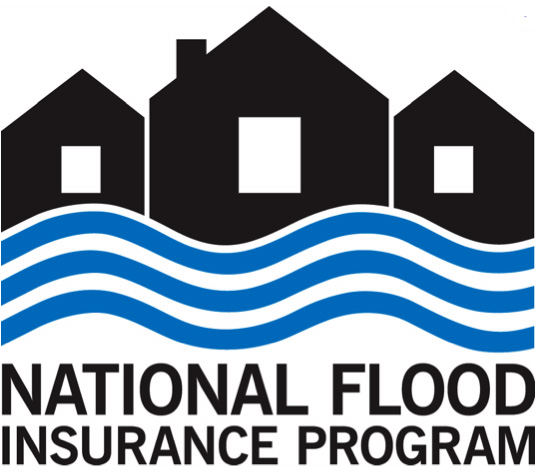However, because the cost of his flood insurance is rising, Tommy Eastman may eventually drop coverage on his four-bedroom home, which has so far escaped damage.
"Once it gets over $1,000, I'm going to start thinking, 'Well, what am I doing?'" said Eastman, a real estate agent whose annual policy is set to rise from $600 to $2,500 in the coming years.
Millions of homeowners will face rate increases under a revamped federal flood insurance program that goes into effect this fall, officials say will more accurately reflect a property's risk. This includes the vast majority of the 1.7 million homeowners who have relatively low-cost policies in areas previously deemed low or moderate risk by federal officials — and where coverage is voluntary.
The changes are intended, in part, to make it more expensive to develop in high-risk areas. Some worry that the price increases will make it even more difficult to persuade homeowners to buy or renew flood insurance on their own, particularly in middle- and working-class neighborhoods.
"We don't have high-rise condos or sandy white beaches." "Our state's coast is a working coast," said Jim Donelon, Louisiana's insurance commissioner.
According to the Federal Emergency Management Agency, its new insurance program considers individual property characteristics such as how close they are to water, how expensive it is to rebuild, and whether they face multiple types of flood risk. Such risks are becoming more prevalent in many parts of the country as climate change increases the strength of hurricanes and the intensity of rainstorms.
The program, known as Risk Rating 2.0, will result in higher prices for roughly three-quarters of the 4.9 million federal flood insurance policies and lower prices for the remainder. According to FEMA, voluntary policyholders in single-family homes will be hit particularly hard, with an estimated 90% facing rate increases. Over time, the agency expects to collect 50% more premiums under the new program.
"We've learned that the old way of looking at risk had many gaps, understating a property's flood risk and communicating a false sense of security," said David Maurstad, a senior executive with the National Flood Insurance Program.













